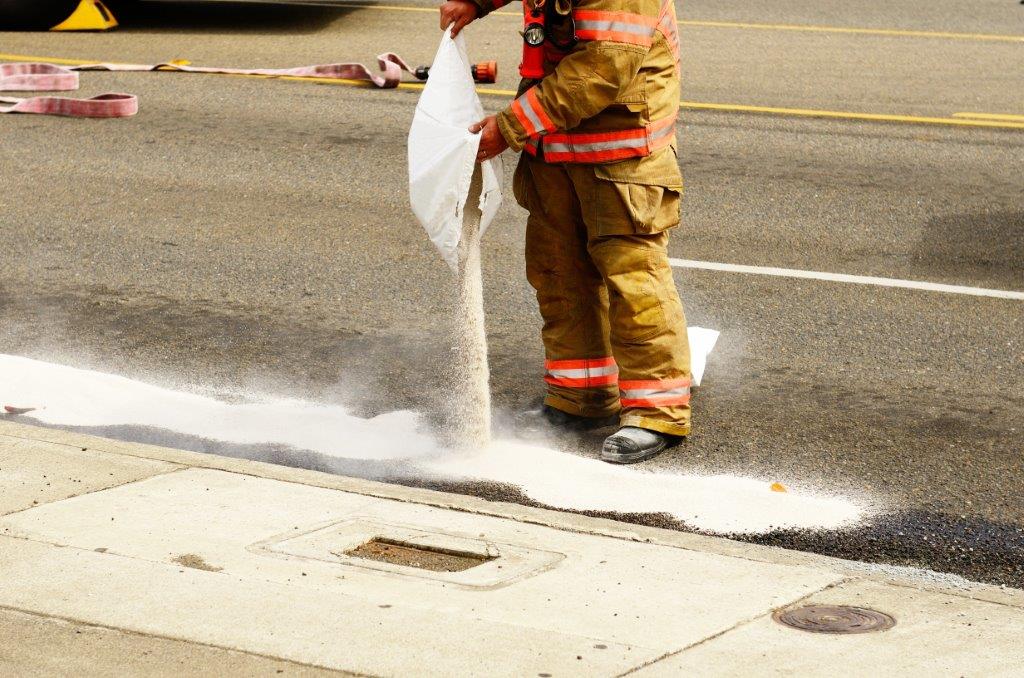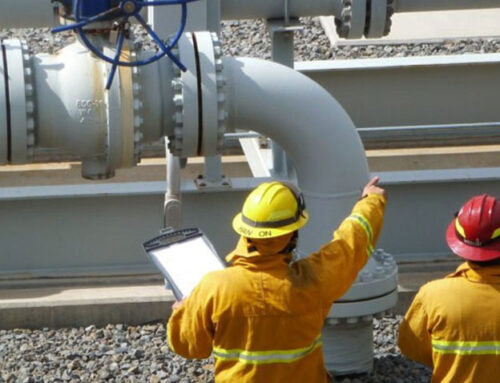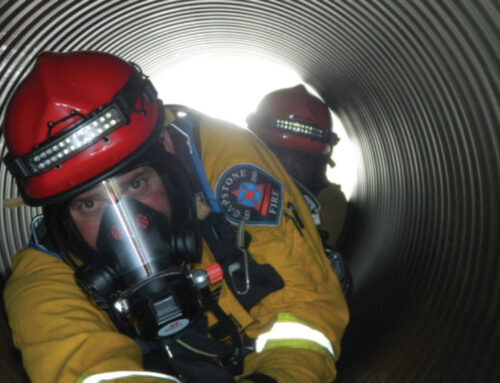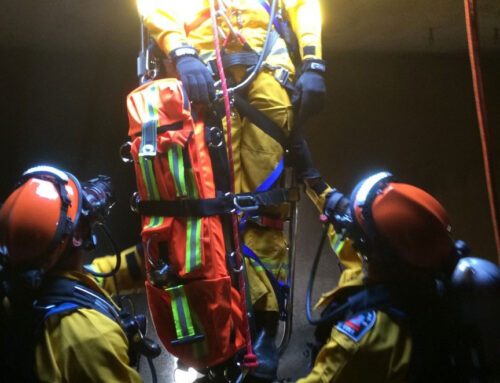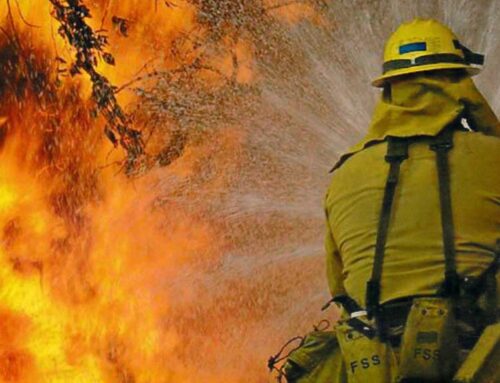The industrial hygiene field has a great deal of intricacies and science intended for occupational safety. Most organizations and jobs have some elements of industrial hygiene even though the workers may not be aware it. The Industrial Hygienist (IH) is one recognizing, evaluating, and controlling hazards in the workplace. Often the IH is not utilized until a technical evaluation is needed for an aspect of business.
A hazard is anything injuring or harming an individual. Workers in all industries are exposed to hazards, therefore, they must have protection from these materials or conditions. IH will study hazard such as chemical, biological, physical, and ergonomic to evaluate the specific affect the hazard would have on exposed workers.
Sometimes, the IH will have to be a detective to uncover the true cause of an accident involving the organization, contractors, or the general public. Additionally, they use calibrated equipment to determine concentration of contaminants in milligrams per liter, fibers per cubic centimeter, or parts per billion.
The three groups responsible for establishing criteria for exposure limits of workers:
- The American Conference for Governmental Industrial Hygienist (ACGIH) created Threshold Limit Values (TLVs) recommendations for worker exposure.
- National Institute for Occupational Safety and Health (NIOSH) recommendations are referred to as Recommended Exposure Levels (RELs).
- Occupational Safety and Health Administration (OSHA) are health chemical hazard standards referred to as Permissible Exposure Limits (PELs) and are federal law.
The information on Safety Data Sheets (SDS) give the chemical’s PEL, REL, or TLV and rely on information from these entities. TLVs are based on the best available, scientific information from IH’s for specific industries or substances. A threshold limit value-time weighted average (TLV-TWA) are commonly adopted by OSHA to indicate the average concentration for a normal 8-hour workday and a 40-hour work week to where a worker can be exposed to a substance without any adverse effect.
Threshold Limit Value-Short Term Exposure Limits (TLV-STEL) refers to the concentration a worker can be exposed to a substance continuously for a short period of time, 15 minutes. After the 15 minute time period the worker may begin to experience:
- Irritation
- Chronic or irreversible tissue damage
- Narcosis of sufficient degree to increase the likelihood of impaired judgement or hinder the ability to perform a self-rescue
There should be at least an hour no exposure period for workers in a STEL condition for a maximum of 4 exposures/day or work shift.
Threshold limit value-ceiling (TLV-C) is a concentration that cannot be exceeded because the worker may have irreversible tissue, lung, or heart damage within a few breaths.
The mode of entry for any toxic material to the human body is through four distinct ways:
- Inhalation
- Breathing in the toxin
- Ingestion
- Orally taking in the toxin
- Absorption
- Assimilates into the body from the outer surface of the skin
- Injection
- Introduced into the body through broken skin
Of the four routes of entry into the body, inhalation is the #1 way for a toxin to become introduced into the body. Therefore, the activities such as permit required confined space entry, entry rescues, cutting concrete, asbestos remediation, and mold remediation must be done by experts with the proper engineering controls or personal protective equipment (PPE).
Exposure to toxins can produce acute reactions such as coughing, topical bumps, or lesions. The worker will experience immediate discomfort from the exposure. Conversely, chronic exposure, which comes from multiple exposures of low doses of the toxic substance for a prolonged period of time can cause diseases such as, but not limited to:
- Cancers
- Pulmonary damage
- Reproductive organ damage
- Gene mutations for unborn babies
Toxic materials are often released into the atmosphere during events such as fires, chemical spills, or other releases. Professional fire services have specialized equipment to extinguish toxic material released by fires. Additionally, the prompt response to fires or chemical releases will protect the worker, onsite contractors, and the community next to the facility. Proactive preparation for toxic release is a function of proactive management. The industrial hygiene officer can prove to be a valuable liaison between the contract fire and emergency services and the organization.

